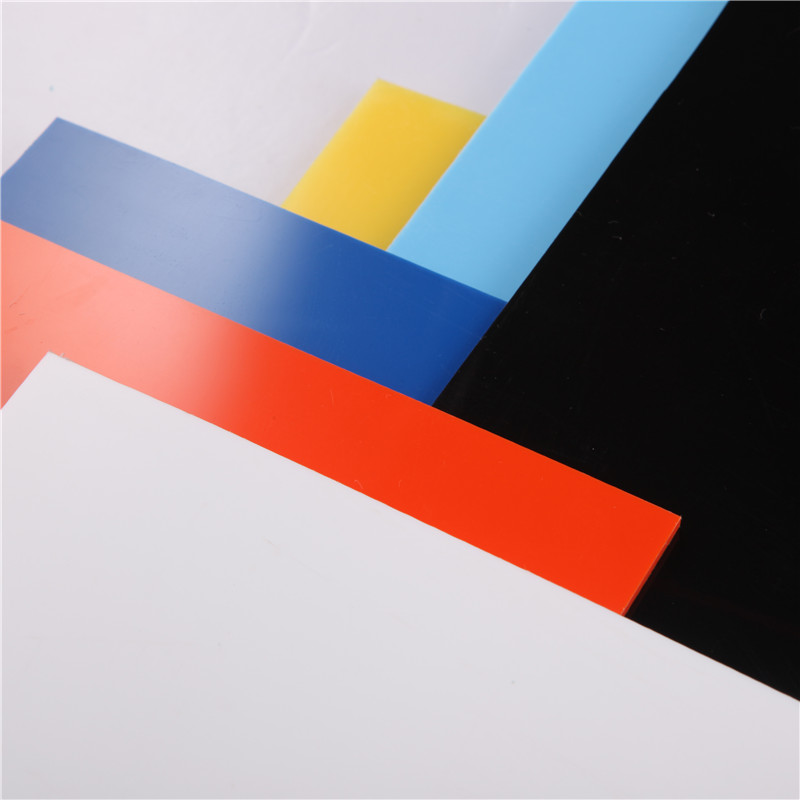Sep . 22, 2024 01:52 Back to list
hdpe plate
Understanding HDPE Plates A Comprehensive Overview
High-Density Polyethylene (HDPE) plates play a significant role in various industries due to their unique properties and versatility. Made from thermoplastic polymer, HDPE is known for its high strength-to-density ratio, making it an ideal material for numerous applications. This article delves into the characteristics, uses, and benefits of HDPE plates.
Properties of HDPE
HDPE is characterized by its dense structure, which contributes to its strength and durability. It has excellent resistance to impact, chemicals, and moisture, making it suitable for environments where these factors are prevalent. Additionally, HDPE plates exhibit low friction properties, which make them ideal for applications involving sliding or rolling components, reducing wear and energy consumption.
Furthermore, HDPE is UV resistant, ensuring that it maintains its integrity and appearance when exposed to sunlight. This property is particularly beneficial for outdoor applications. It is also non-toxic and safe for contact with food, making HDPE plates a popular choice in the food packaging and processing industries.
Applications of HDPE Plates
HDPE plates are utilized in a myriad of applications across various sectors. In the construction industry, they are used as durable roofing materials, wall cladding, and for producing water tanks. Their resistance to moisture and weathering makes them excellent for outdoor construction projects.
hdpe plate

In the manufacturing sector, HDPE plates serve as sliding boards, wear strips, and liners in conveyor systems. The low coefficient of friction enhances operational efficiency and reduces maintenance costs. Additionally, HDPE is commonly used in the fabrication of parts for machinery and equipment, where reliability and stability are paramount.
The marine industry also benefits from the use of HDPE plates. Their resistance to saltwater corrosion makes them ideal for constructing docks, marinas, and boat components. Moreover, due to their lightweight nature, HDPE plates can contribute to overall weight reduction in maritime applications, enhancing performance and fuel efficiency.
Environmental Impact and Sustainability
One of the most significant advantages of HDPE is its recyclability. HDPE plates can be recycled after their useful life, reducing waste and environmental impact. The recycling process significantly decreases energy consumption compared to producing new plastic, making HDPE a more sustainable choice. Many manufacturers are now focusing on utilizing recycled HDPE to create new products, promoting a circular economy.
Conclusion
In summary, HDPE plates are indispensable in various industries due to their remarkable properties and versatility. Their resistance to impact, chemicals, and environmental factors makes them a reliable choice for many applications. As sustainability becomes increasingly important, the recyclability of HDPE further enhances its appeal. Whether in construction, manufacturing, or marine applications, HDPE plates are paving the way for innovative solutions that prioritize durability and environmental responsibility. As industries continue to evolve, HDPE plates will undoubtedly remain a crucial component in advancing efficiency and sustainability.
-
Durable PP Rigid Sheet: Lightweight, Chemical Resistant Solutions
NewsAug.21,2025
-
PVC Grey Sheet for Extraction: Chemical Resistant & Durable
NewsAug.19,2025
-
Durable PVC Pipe Fittings for Plumbing & Irrigation Needs
NewsAug.18,2025
-
HDPE Steel Belt Reinforced Spiral Corrugated Pipe | High Strength
NewsAug.17,2025
-
HDPE Pipe Fittings: Durable, Leak-Proof Solutions
NewsAug.16,2025
-
Premium CPVC Sheet: High-Temp & Chemical Resistant Solutions
NewsAug.15,2025

